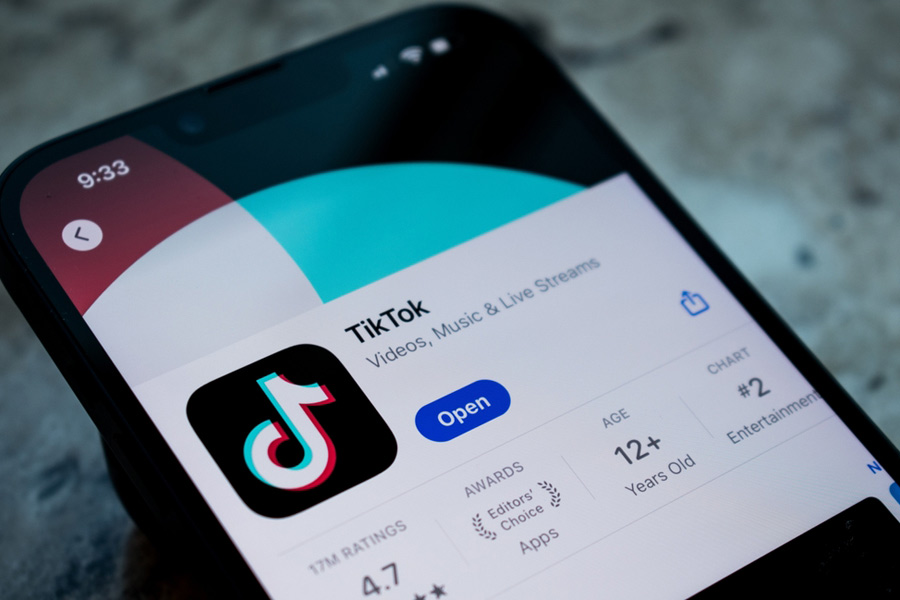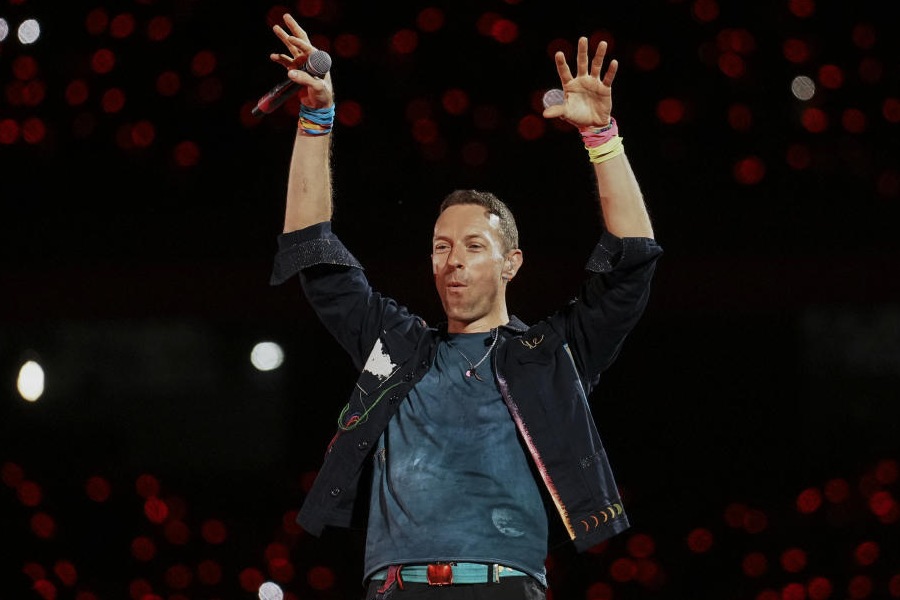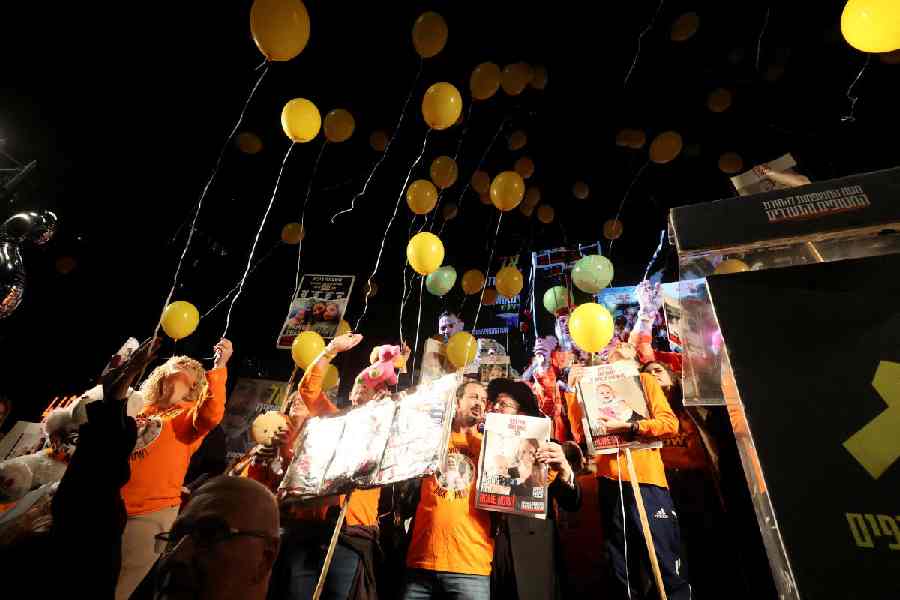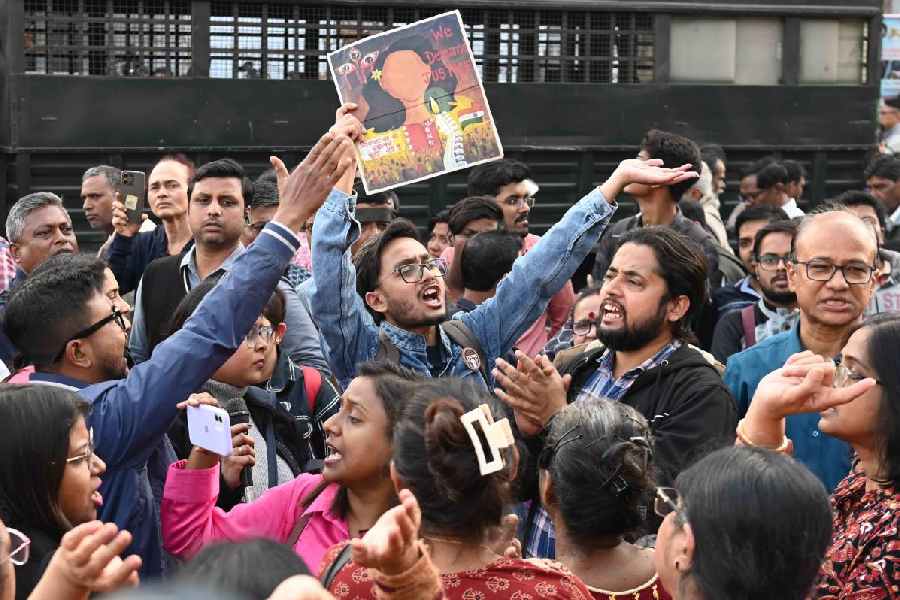When assessing the vagaries of contemporary politics, it is often instructive to peek into the past. On March 12, 1930, Mahatma Gandhi began a 25-day march from the Sabarmati ashram in Ahmedabad that would take him to Dandi, on the coast of Gujarat, where he would break the law by extracting salt from the sea water. With a sense of drama, Gandhi planned that the preparations and the slow march to the coast would build up the momentum for a mass movement for India’s freedom from British. He would sway India and grab the global headlines.
The only exception to an India moving to the tune of the crafty Mahatma was Calcutta and its hinterland. Writing to the secretary of the Bengal Congress on March 7, 1930, just five days before Gandhi was to begin his march, Jawaharlal Nehru fumed: “When everyone is thinking and talking of civil disobedience, in Calcutta people quarrel over the Municipal election.” For the Bengal Congress, an election to the Calcutta Corporation, with different party factions pitted against one another, was deemed more important than the war against the raj. To Nehru, it was akin to a “Gilbert and Sullivan opera”. So intensely bizarre was the factional blood-letting that the last message of J.M. Sengupta, then mayor of Calcutta, before being carted off to prison in Burma, was: “Dissolve the EC (Executive Committee) of the BPCC (Bengal Pradesh Congress Committee).”
To what extent this preoccupation with local issues and intrigues has distorted the mind space of politics in post-Independence India is a matter of perception. It is worth recalling that state assembly elections and Lok Sabha elections were held simultaneously in West Bengal on five occasions from 1951-52 to 1971. Thereafter, apart from the general election of 1991, the assembly and Lok Sabha elections have been conducted separately. In all these six elections where people voted for their assembly and Lok Sabha candidates at the same time, there was no discernible difference in the party preferences. By and large, people voted for the same party for Parliament and assembly.
Odisha is one of the few states where the Lok Sabha and assembly elections are conducted simultaneously. This convergence followed a decision by the Biju Janata Dal chief and five-term chief minister, Naveen Patnaik, to localise the Lok Sabha polls. He was conscious that as a regional party he would be at a relative disadvantage vis-à-vis national parties if the two elections were detached.
While the outcome followed Patnaik’s script in the three elections between 2004 and 2014, there were different indicators in the 2019 polls. On this occasion, the BJD vote slipped from 44.7% in the assembly to 42.8% for the Lok Sabha. The Bharatiya Janata Party vote, however, was 32.5% in the assembly but rose to 38.4% in the Lok Sabha, a sharp increase of 6%. The Odisha vote demonstrated that when electoral competition intensifies between a regional and a national party, the latter benefits from an incremental surge.
That the advantage a national party enjoys in a parliamentary election does not always carry over to a local election has been obvious for some time. In 1985, confronted with an assembly election just a few months after Rajiv Gandhi won 24 of the 28 Lok Sabha seats in Karnataka, the Congress vote fell from 51.6% to 40.8%. The Janata Party, led by the then chief minister, Ramakrishna Hegde, on the other hand, gained 8.5% votes (from 35.1% in the 1984 Lok Sabha poll) in the assembly and secured an unexpected majority.
The Karnataka experience has been replicated across India on numerous occasions. In West Bengal, the Left Front was bewildered when the national ‘wave’ of 1984 broke down organisational barriers and gave the Congress victories in 16 of the 42 Lok Sabha seats from the state. In 1991, the Ram lehar across northern and western India enabled the BJP to raise its popular vote to 11.7% which, however, wasn’t sufficient to secure it a parliamentary seat from the state. For its big success, the BJP had to wait for the Narendra Modi wave of 2019 that gave it 18 of the 42 seats in Parliament and a vote share of 40.2%. The party couldn’t repeat its performance in the 2021 assembly election because the political dynamics were different.
An intriguing feature of West Bengal has been its relative detachment from national politics. What Nehru observed in the context of the 1930 Civil Disobedience Movement persisted after Independence. B.C. Roy, who was chief minister of West Bengal from 1948 to 1962, was a towering national figure whose voice was heard in Delhi. He was complemented by Atulya Ghosh who knew the bylanes of Congress politics nationally. Yet, neither of them ever sought a national role. They were content with Bengal. Pranab Mukherjee was the only Congress leader who had a strong presence in Delhi, but this was not supplemented by any influence in his home state. His national prominence also coincided with the Left’s three-decade stranglehold over Bengal.
The Left often flaunted its national and international credentials but the Communist Party of India (Marxist) was actually a party of the Bengali petite bourgeoisie. Its interest in national politics was proforma. Those communists, such as Hiren Mukherjee, Indrajit Gupta, Renu Chakravartty and Bhupesh Gupta, who commanded influence in Delhi belonged to the Communist Party of India and had no real role in Bengal.
The BJP traces its ideological origins to Shyama Prasad Mookerjee and in the past there were intellectual stalwarts such as Acharya Debaprasad Ghose at the helm. Since then, however, there has been no state leader who has acquired clout nationally.
In effect, this prolonged lack of national prominence — in which the Centre-state mismatch since 1977 has played a role — has meant a strong inclination to see national life through the prism of the very local. There have been numerous occasions when Bengal’s electorate has responded to national impulses. However, the yearning of voters has often been derailed by the limited comfort level of local leaders.
For Mamata Banerjee, the issue in 2024 isn’t about a government in Delhi but about expressing outrage over high-handedness against ministers caught with mountains of unaccountable cash and party apparatchiks accused of treating women as sex slaves. The response isn’t to fight crudeness with crudeness, but to expose Bengal to the country’s best practices.
A national election should be the occasion to have Bengal swaying once again to the national rhythm and, ideally, even shaping it.











